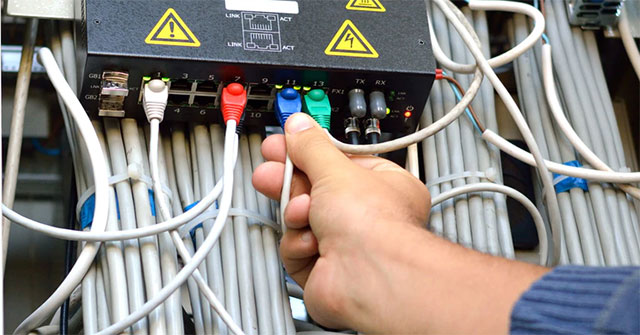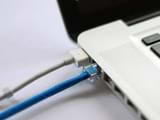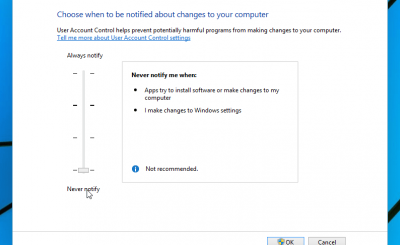When it comes to protocols, one of the most frequently asked questions is about the difference between Ethernet and TCP / IP. For someone unfamiliar with the subject, it would be difficult to distinguish.
In everyday life, when connecting your PC to the network, you need to plug the cable into the Ethernet card. However, to access the web, you have to configure your TCP / IP settings.
TCP / IP
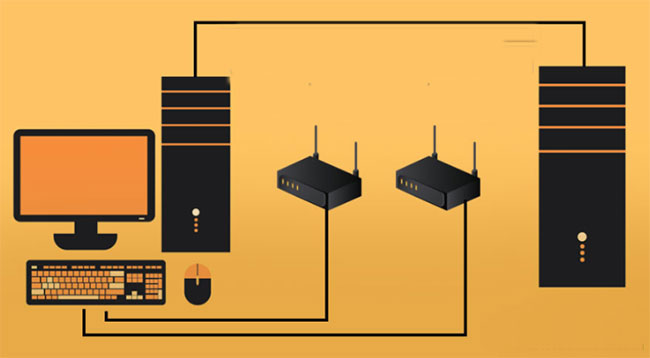
Short for Transmission Control Protocol / Internet Protocol, TCP / IP is a network standard, namely a protocol, that defines how messages (data) are routed from one end to the other end of the network. TCP / IP describes rules for dividing messages into small chunks, called packets, addressing each packet, checking and detecting errors, sequencing packets, controlling the flow of packets. information along the network.
TCP / IP is considered to be a network standard for communication over the Internet. Consequently, all servers on the Internet follow the rules defined in this standard. Communication over the Internet also uses other standards, such as standard Ethernet.
When a computer sends data over the Internet, the data is divided into packets. Each packet contains data, as well as the receiver (destination), origin (sender), and sequence information used to aggregate the data at the destination. Each packet travels in the fastest individual path available to the recipient’s computer via a communication device called a router.
Ethernet
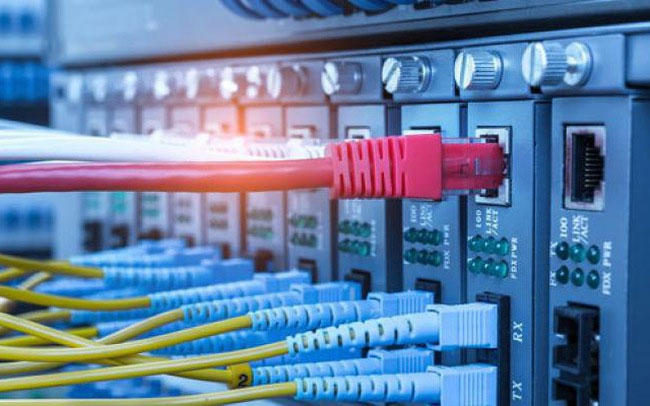
Ethernet is a traditional technology for connecting devices in a wired local area network (LAN) or wide area network (WAN), allowing them to communicate with each other via a protocol – a set of rules or network language. general. An Ethernet cable is a physical wiring that is shielded to transmit data.
Ethernet / IP uses Ethernet infrastructure to manage connections between various automation devices such as robots, PLCs, sensors, CNCs, and other industrial machines. It is regulated by the Open DeviceNet Vendors Association (ODVA) and based on the Common Industrial Protocol (CIP). Ethernet / IP is very powerful, but also very complex.
Difference between TCP / IP and Ethernet
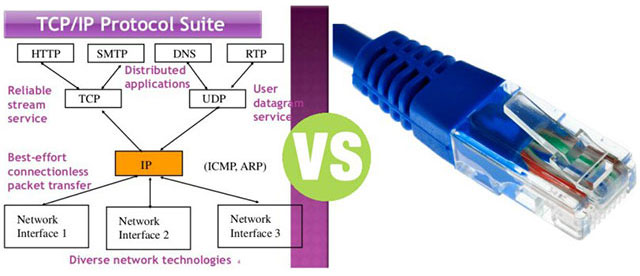
The difference between TCP / IP and Ethernet is that TCP / IP describes rules for dividing messages into chunks, addressing, checking and detecting errors, and monitoring and controlling the packet transmission sequence. Whereas Ethernet is a network standard that stipulates no central computer or device on the network (node) has to control when data can be transmitted. Each node tries to transmit data when it determines the network can receive communications.
Ethernet is a local technology, a protocol for Network Layer on the TCP / IP stack. It describes how networked devices can format data for transmission to other network devices on the same network segment and how to output that data over a network connection.
On the other hand, TCP / IP is a set of protocols used in the OSI layers for efficient networking between each layer. TCP / IP allows the two systems to communicate with each other, and this functionality is completely independent of the underlying architecture on both systems.
See more:
Source content: Difference between TCP / IP and Ethernet
– Techtipsnreview.com
